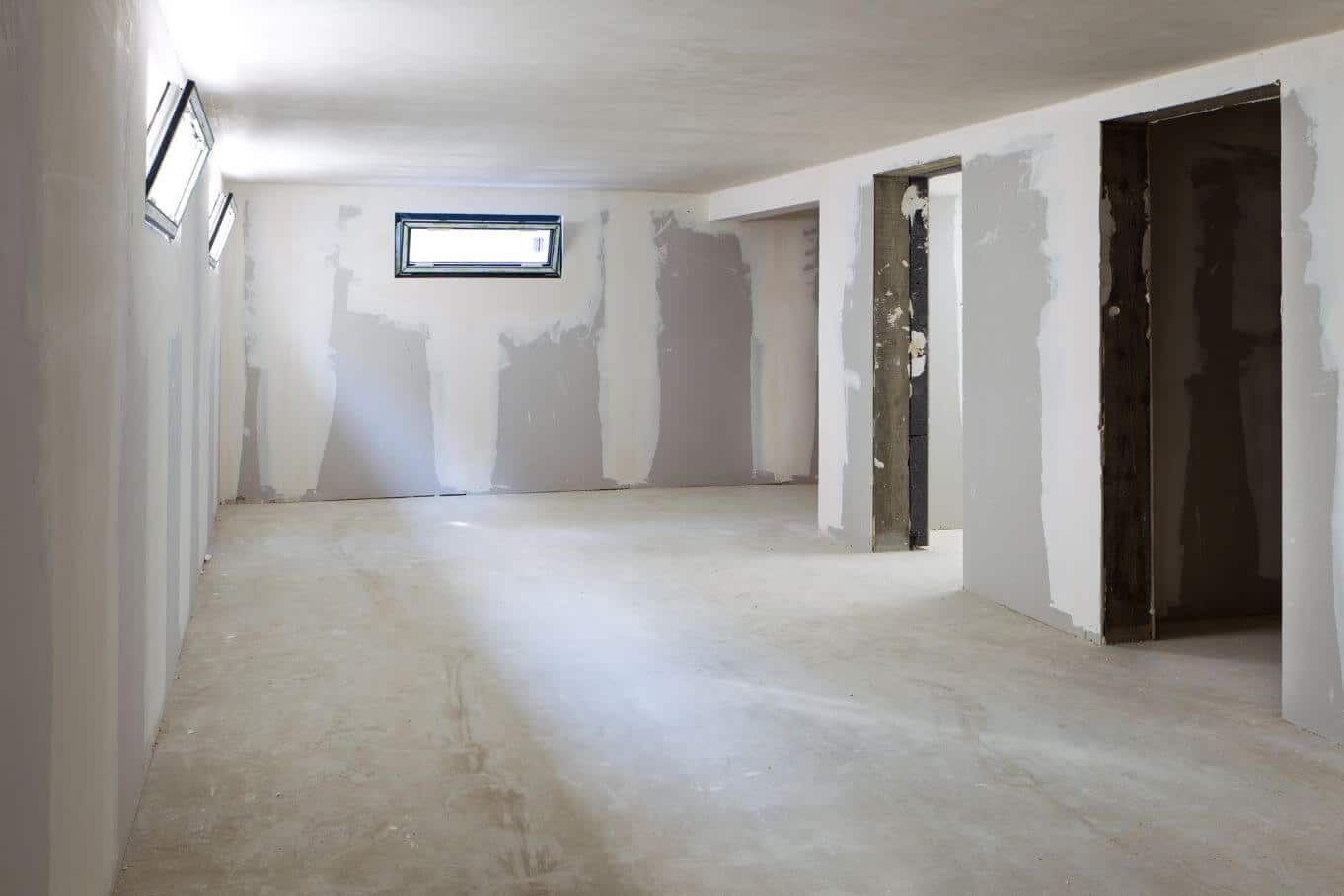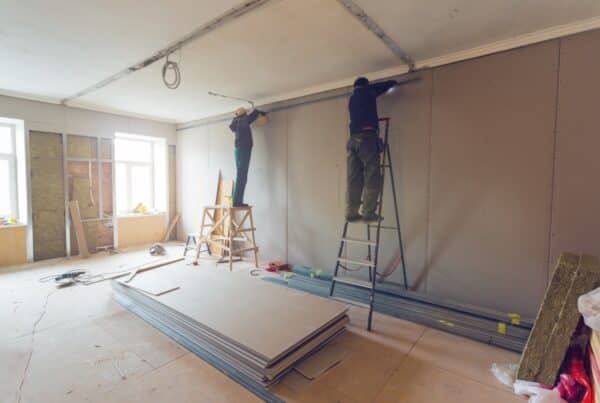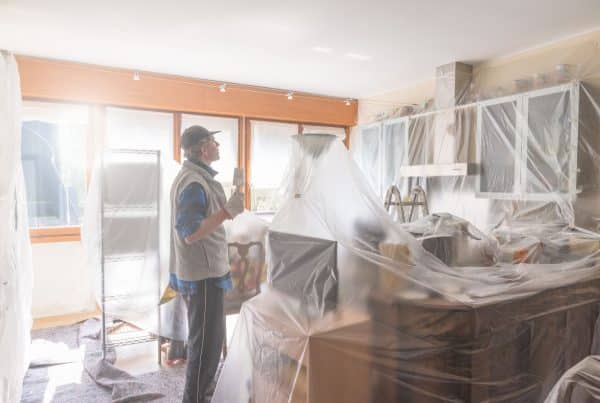Is the next task on your home project list a completed basement? Then you want the room below the rest of your home to reflect the rest of your style and taste. Before you embark on this journey, you should prepare yourself for some of the biggest challenges you may face when finishing your basement.
Handling Ceiling Heights
For argument’s sake, let’s say the ceiling of your unfinished basement does not meet clearance requirements. That’s okay. Most basements have low ceilings, but this does not mean you can’t turn yours into the dream room you’ve always wanted.
The common clearance requirement is usually 7–7½ feet in building codes. Measure from the lowest floor point to the highest ceiling point to see where your basement falls. If it doesn’t meet the clearance requirement, you’ll need to dig out and lower your concrete floor.
Flooring and Column Installation
The floors in your unfinished basement are probably concrete and cold. This design does not bode well for the rest of your plans, and no one enjoys a cold floor. You’ll need to choose an appropriate flooring design for your basement, but steer clear of wooden floors.
Hardwood, laminate, and carpeting cannot withstand moisture and will often show signs of mold after exposure to excessive moisture. If your basement is prone to flooding, you should go with tile material for your floors.
If your basement does not come with column support, you will need to install some. Don’t worry about them throwing off the aesthetic because you can easily convert the columns into new walls or partitions. This process calls for drywall, so with each new installation, make sure you care for your drywall tools properly to get the results you want.
Moisture Control
Where there’s a basement, there’s usually moisture. The relationship does not mean they get along, but eliminating moisture in a basement is unrealistic. However, you can control the amount of moisture your basement gets.
For minor moisture issues, try treating your basement with waterproof paint or sealing cracks with specially designed-caulking. Review every inch of your basement walls to find any exposed cracks or issues. Have a professional contractor confirm if your moisture is manageable.
Lack of Natural Light
Basements are underground, which means their natural lighting is limited. Basements usually suffer from being damp and musty because they lack sunlight. You’ll need to install windows in your basement so the moisture can dry.
The windows also give you a way to escape in an emergency. If possible, take it a step further and install a glass sliding down for even more natural lighting. Don’t limit your basement’s lighting to lightbulbs and lamps.
Finishing up your basement will take some time, but paying close attention to these challenges will help you avoid prolonging the process.




